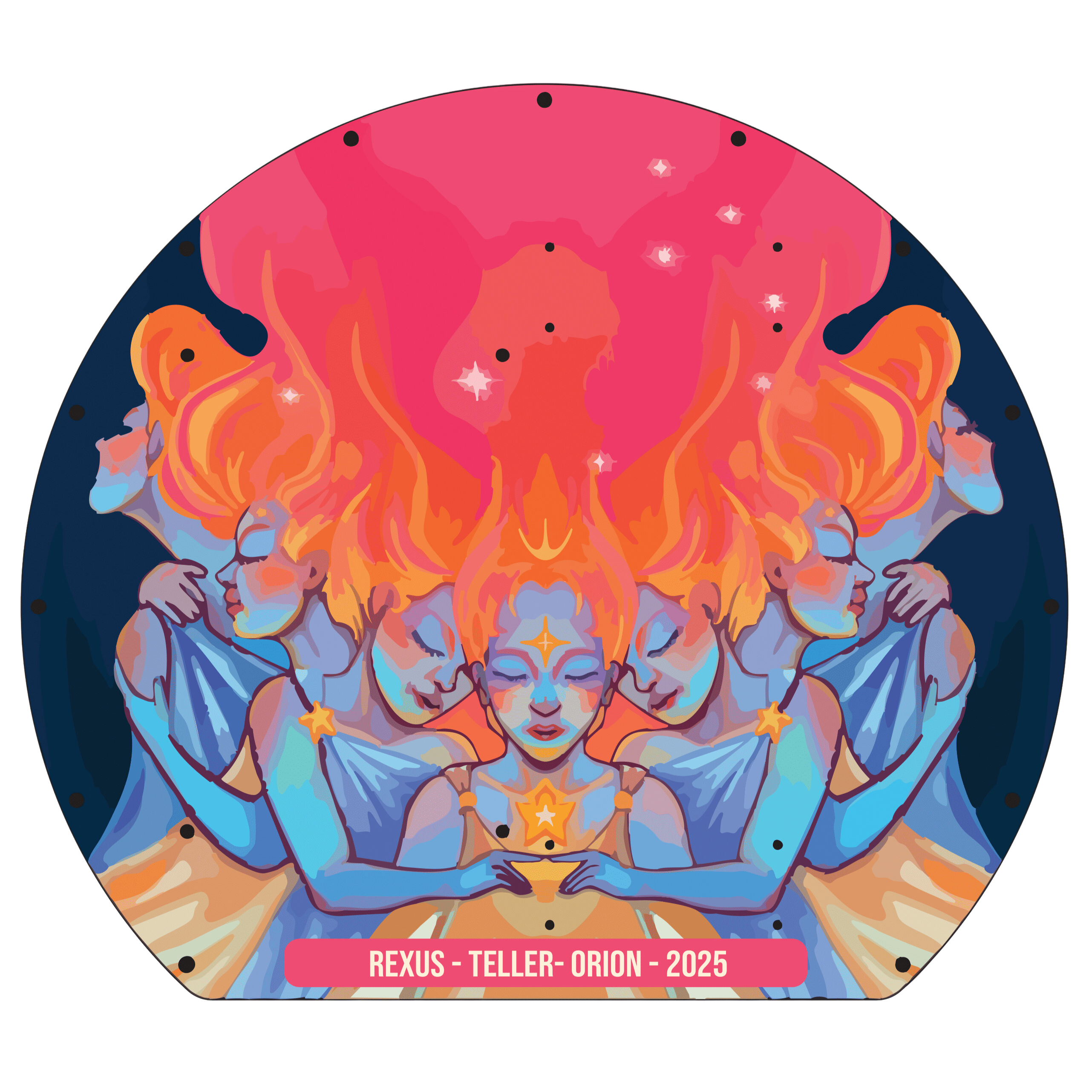Project TELLER
Three-axis Experimental Low-altitude Laboratory for Exploring Radiation
A REXUS/BEXUS Team from Hungary.


What is REXUS/BEXUS?
The REXUS/BEXUS programme allows students from universities and higher education colleges across Europe to carry out scientific and technological experiments on research rockets and balloons. Each year, two rockets and two balloons are launched, carrying up to 20 experiments designed and built by student teams.
REXUS (Rocket EXperiments for University Students) experiments are launched on an unguided, spin-stabilised rocket powered by an Improved Orion Motor with 290 kg of solid propellant. It is capable of taking 40 kg of student experiment modules to an altitude of approximately 90 km. The vehicle has a length of approx. 5.6 m and a body diameter of 35.6 cm.
Our experiment
With our experiment we want to study the direction and energy of ionizing radiation present in the atmosphere up to 90 km altitude.
Cosmic rays are a form of ionizing radiation that come from outer space. When the rays reach Earth, they interact with particles in the atmosphere, creating air showers, i.e. extensive cascades of subatomic particles and ionized nuclei. However, due to the thinness of air, this is quite rare in altitudes of ~90 km, so from cosmic radiation we mainly expect primary particles, which consist of about 90% protons, 9% alpha particles, and 1% other heavier nuclei. The two detectors used in the experiment are Geiger-Müller tubes and a scintillation counter, both of which are capable of detecting ionizing radiation and are inexpensive and reliable. The scintillation counter is responsible for measuring the energy distribution, and the Geiger-Müller tubes placed in a special geometry register coincidence, providing us with data to estimate the directional distribution.


Mission ART Possible
Winner: Luca Marics – A fiastyúk hét leánya
The work evokes ancient Greek and Hungarian sagas. The work is inspired by the constellation of Pleiades (also known as the Seven Sisters), which in legends symbolises the embodiment of good fortune and guidance. Project TELLER and the Orion Space Generation Nonprofit Foundation congratulate the creator of the winning artwork, and our team thanks her for the opportunity to launch our experiment into space accompanied by such a fine piece of art.
